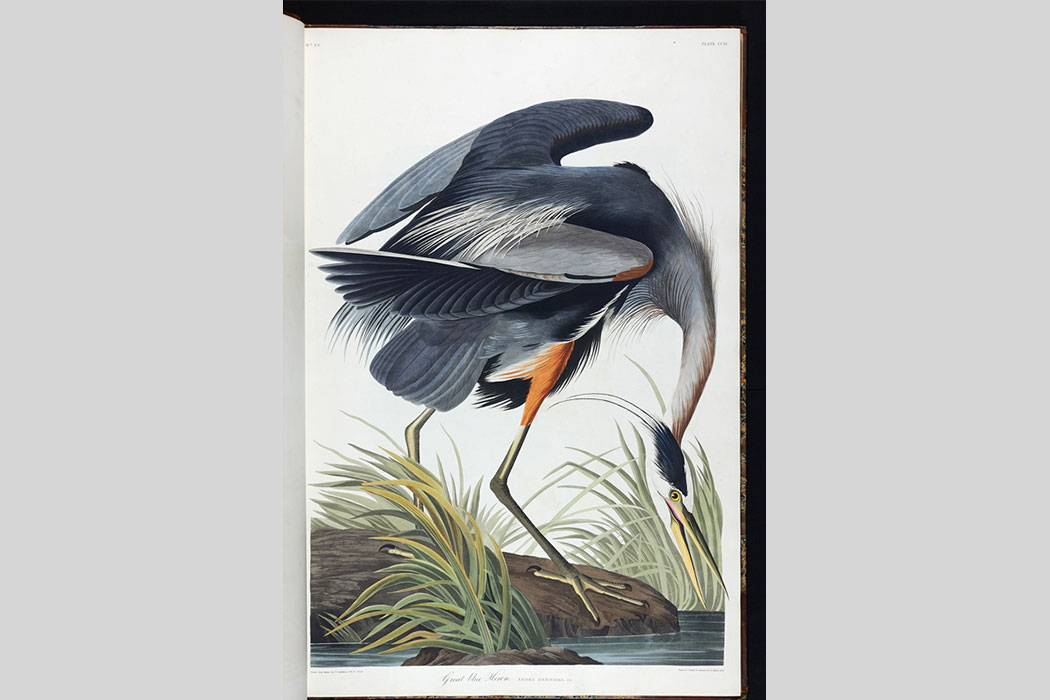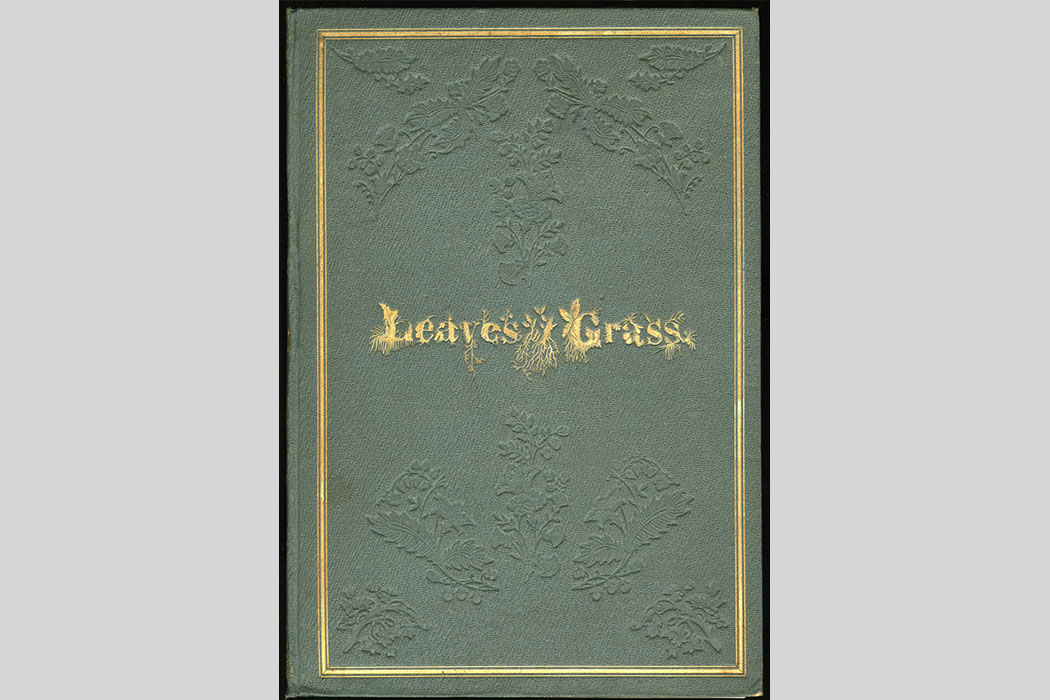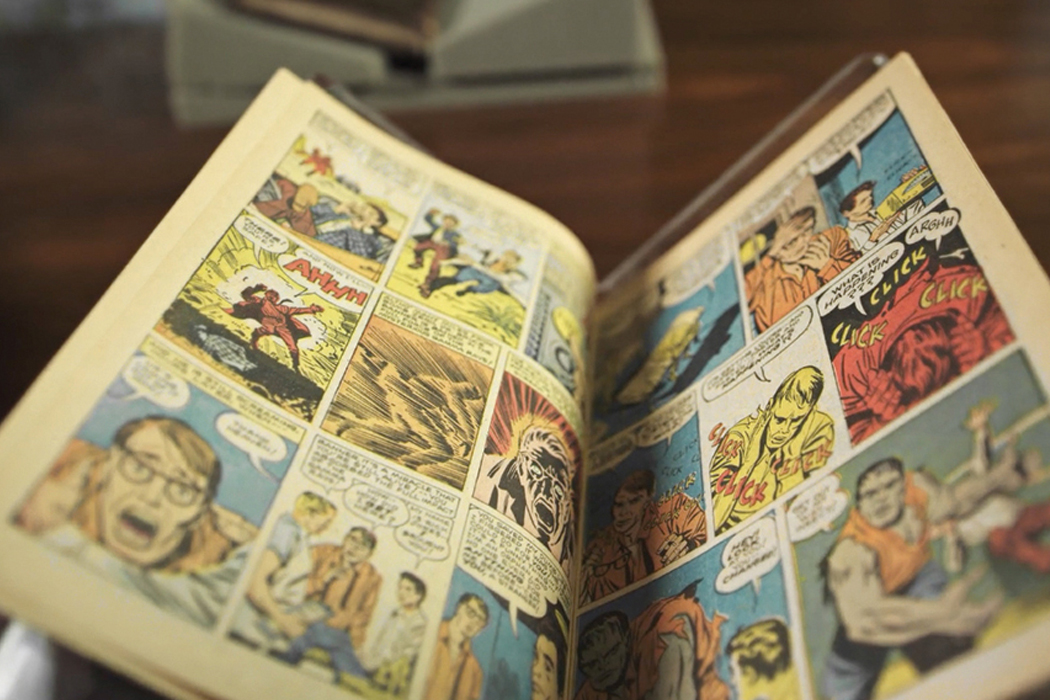In Care of IU

Scattered across seven floors and thousands of shelves, you’ll find them, pampered and padded for their protection, cozy in a climate set just for their comfort.
They are the artifacts and oddities that inhabit IU Libraries’ Lilly Library, an assortment that includes more than 450,000 books and 8 million manuscripts, puzzles, and other bits and pieces of human history.
For anyone with a curious nature, the collection is a veritable treasure trove.
On one shelf you could discover the original manuscript of J.M. Barrie’s Peter Pan. On another you might find locks of hair from macabre master Edgar Allan Poe. Or maybe you’ll stumble upon the first comic book to feature The Incredible Hulk bursting from its pages.
History in Your Hands
But if you wonder what makes the Lilly Library even more extraordinary, try asking the Louvre Museum to remove the Mona Lisa for your personal inspection. You’ll likely be disappointed with the answer.
At the Library, however, the entire collection is available for study—to everyone. No faculty credentials necessary. No IU affiliation required.
Care to examine one of John Ford’s Academy Awards? You’re in luck. The Library’s Reading Room is open to the public. (Just check in with your photo ID.) Want to behold one of the stunning first editions of Audubon’s Birds of America? Simply join one of the Library’s Friday afternoon tours—it’s on permanent display.
But this world-class collection, dating back hundreds of years, presents a unique challenge for the Library’s staff: They have a responsibility to preserve the collection so that it can be studied, yet the collection’s study—together with time—accelerates its deterioration.
Fortunately, the Library has James Canary, BA’78, as its head of conservation. His objective is simple: review, clean, stabilize, and protect the collection so that future visitors can continue to enjoy all that the Library has to offer.

Conservator by Trade—and Nature
Canary has worked as conservator at IU for more than 32 years.

As an IU undergraduate studying oriental languages, he became fascinated with the physical materials he researched—not only their construction, but the cultural context revealed therein.
“I was studying Tibetan and Mongolian in my academic career. So those things led me to an interest in the materiality of books,” he recalls. “I was also always interested in craftwork and working with my hands. So I did cabinetmaking and leatherwork for eight years. Then I worked with a bookbinder and got very interested in the whole field of bookbinding and book conservation.”
Truly, conservation is an art unto itself. Every object at the Library presents conservators with a slightly different medium and technique to master. For instance, Canary is sometimes tasked with reverse engineering centuries-old processes when bookbinding.
“I always tell people that once you’ve sewn a book, you’ll never look at another volume the same way again,” he says.
That’s because the process involves carefully disassembling the book. Then, any spine adhesives must be removed (without damaging the materials’ surfaces), before finally rebinding—using methods and materials that closely match the originals. Preserving each book’s original form is of the utmost concern so that the book can continue to be used and presented the way it was initially intended.
So Canary works to keep the Library’s pieces as comfortable as possible at all times—creating special mounts; fashioning acid-free protector sleeves, page restraints, and cover rests; and controlling room lighting. “We keep light at a certain level that’s not going to cause additional problems of fading, and we use UV filtering glass to minimize the damage from ultraviolet light,” he says.
It’s a tedious process of caretaking, to be sure. But such is the challenge of preserving an open-access collection. With every stitch, sleeve, cover, and case, Canary safeguards the one-of-a-kind collection, and with it, the one-of-a-kind Library experience.
A Primary Source of Inspiration

Why are these exhaustive conservation efforts worthwhile? There’s the obvious monetary value of the collection, of course. But consider this:
In the internet age, information is usually sourced second, third, and fourth hand, translated in web code and filtered through the sterile glow of a screen. Facts are facsimiles.
Not at the Lilly Library, though. Primary sources are all around you—enhancing the educational mission of IU every day. “The Lilly Library collections have been carefully assembled for the purposes of research and teaching,” Director Joel Silver notes. “Our ongoing preservation activities help ensure that these materials will continue to be available to the students, scholars, and viewers of the future.”
Today, the Library hosts more than 275 classes and tours each year, enriching the academic experience of nearly 5,500 students. The Herman B Wells Library also hosts a Primary Source Immersion Program, which helps faculty across IU campuses leverage rich archival materials in their courses. And Lilly Library staff members regularly partner with IU professors to facilitate engaging class discussions and research projects that use the Lilly Library’s remarkable collections.
One such professor is Christoph Irmscher, who visits the Lilly Library with his English classes at least twice a semester.

“I love introducing my students to what got me hooked on the work I do today, and I want them to get involved in actual research even as undergraduates,” he says. “Nothing drives home the importance of a poem like Walt Whitman’s Leaves of Grass quite like holding in your hands the actual first edition of that work with its beautifully gold-stamped, ornate cover.”
For many of Irmscher’s students, the visits are career-shaping experiences.
“I think my students’ reaction to the Library is best measured by how many of them have gone on to pursue larger archival projects, in the form of honors theses, articles, or dissertations. Several alumni of my classes are now rare books librarians or in library school or working as archival scholars.”
From the masterpieces to the seemingly more mundane, every piece in the collection is unique and offers a slice of life from another time, place, or person. In many ways, the Library is a monumental limestone time capsule of culture—one that Canary fondly says “could be the richest opportunity in students’ four years here at school.”
Irmscher agrees, concluding, “The Lilly Library is one of a handful of the very finest rare books and manuscripts collections in the world, on the level of Houghton Library at Harvard or the Bodleian at Oxford. And it is part of a public university—accessible to all, without restrictions. It is the living embodiment of Herman B Wells’ dream to turn Bloomington into a cosmopolitan, truly democratic center of learning that excludes nobody from the treasures it keeps and curates.”

Rooted in Generosity
The Lilly Library was born through an act of generosity−and philanthropy has been a sustaining force ever since.
A lifelong collector of books, art, and countless other treasures, Josiah Kirby (J.K.) Lilly Jr., began donating his nearly 40,000-piece collection to Indiana University in 1954. (Library Director Joel Silver’s Dr. Rosenbach and Mr. Lilly: Book Collecting in a Golden Age details some of the history related to this collection.) The building was named in the Lilly family’s honor, opened in 1960, and immediately established the Library—and the university—as a cultural and academic destination.
Today, the Lilly Library stands with the other entities of IU Libraries—including the Herman B Wells Library, the University Archives, and the Wylie House Museum—at the very center of IU’s teaching and research mission. And we have generous supporters like you to thank.

You can join us in preserving the Lilly Library’s treasures for all. Please use the button below to make a gift to the Friends of the Lilly Library Fund which supports acquisitions and other projects related to the Library, or contact Pete Rhoda, executive director of development, at prhoda@indiana.edu or (812) 855-7494.
This article was originally published in the fall 2018 issue of Imagine magazine.
Tags from the story
Written By
A. Price
A resident of the Hoosier state since grade school, Alex forged a friendship with “tried and true” IU upon becoming a writer at the IU Foundation.




